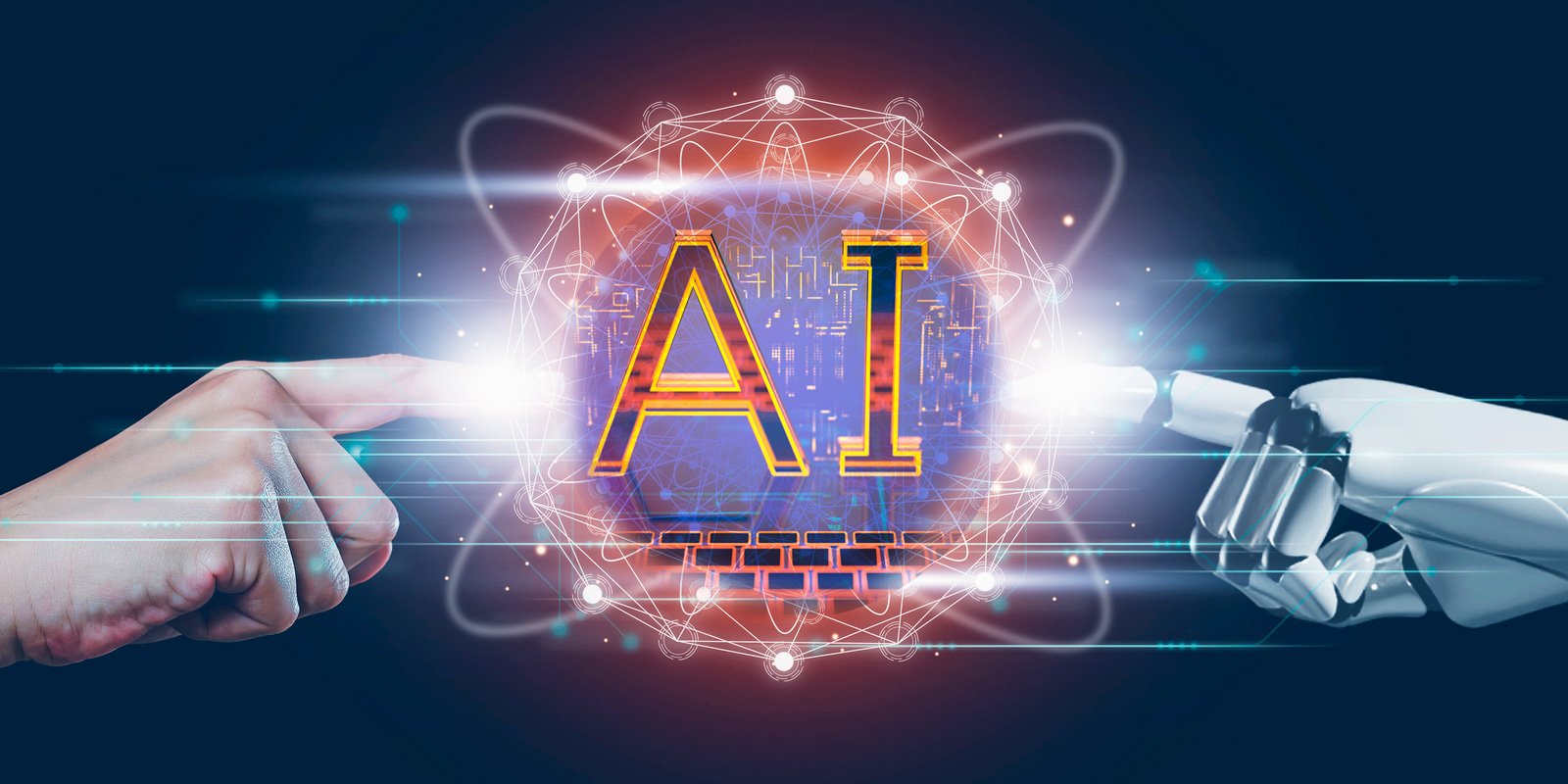
USPTO Issues New Guidance on Practitioners' Use of AI
The USPTO's April 11, 2024, guidance clarifies how existing USPTO rules apply to the use of AI by practitioners when interacting with the USPTO.
The Existing Rules. The United States Patent and Trademark Office ("USPTO") describes its existing rules and regulations that are relevant to practitioners' use of artificial intelligence ("AI"), including the duty of candor and good faith, the signature requirement, the obligation to maintain client confidentiality, foreign filing regulations, and the USPTO's electronic filing system policies.
Human Verification Required. The USPTO emphasizes that practitioners must double check any work product generated by AI to ensure accuracy and relevancy under existing USPTO rules. Human verification is needed because of the potential for an AI tool to cite incorrect case law or facts in filings with the USPTO or provide a large amount of irrelevant prior art in an information disclosure statement, or IDS. Therefore, practitioners should always carefully review and verify any results generated by AI no matter the document the AI is used to generate.
Callback to Previous Guidance on AI-Assisted Inventions. This most recent guidance from the USPTO refers to its February guidance on AI-assisted inventions to remind practitioners that inventions in patent applications must have "a significant contribution by a human inventor." If a practitioner is aware of any claims or alternative embodiments that do not meet this threshold, the practitioner must disclose this to the USPTO under the existing rules.
AI Interaction with USPTO Systems. The guidance further emphasizes that practitioners should buy USPTO data products to obtain any USPTO data to train AI tools instead of mining USPTO data on their own. In addition, practitioners must: (i) prohibit AI tools from inputting practitioner signatures when using AI to fill out USPTO forms; and (ii) ensure AI does not have its own USPTO.gov account or access to such an account.
Keep Client Confidential Info Confidential. Lastly, practitioners must ensure they do not violate the USPTO's client confidentiality policy when using AI tools. Practitioners must verify that the AI tool used will not share confidential information to third parties or foreign entities.
The new guidance can be found here. Practitioners before the USPTO should be aware of this and other recent agency guidance impacting their intellectual property ("IP") practice. As this area continues to evolve, practitioners should also monitor any forthcoming AI-focused developments from the USPTO and other IP authorities.






